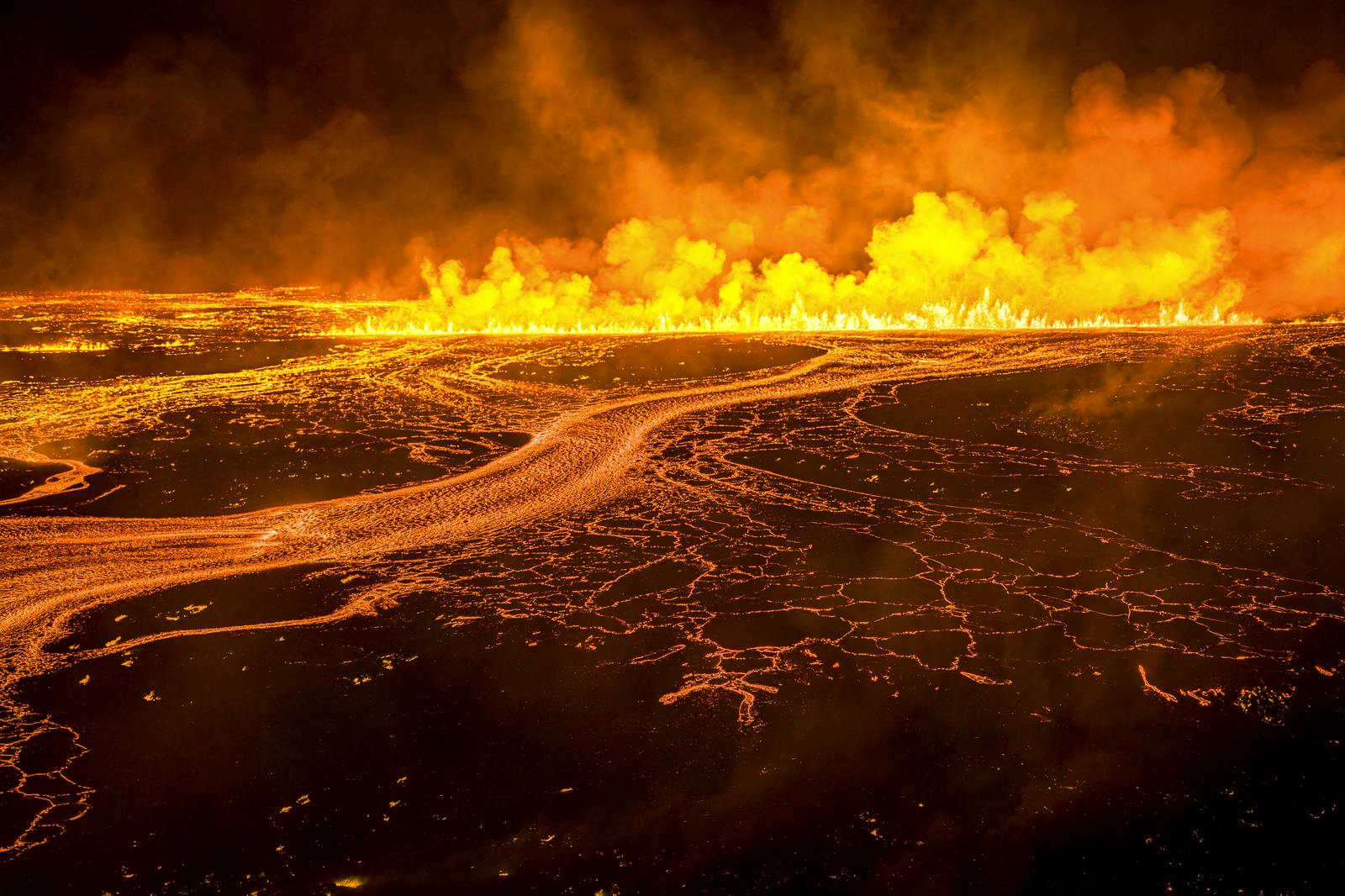
What is Lava?
Ever wonder what makes volcanoes so mesmerising and, let’s face it, a bit terrifying? At the heart of every volcanic eruption is lava, the molten rock that makes its dramatic entrance onto the earth’s surface, painting the landscape with its fiery brush. But lava isn’t just a spectacle; it’s a creator and transformer, playing a pivotal role in shaping our planet and fostering new life in its wake. From the sweeping lava fields of Iceland to the fertile slopes of Hawaii, lava’s impact is profound and enduring.
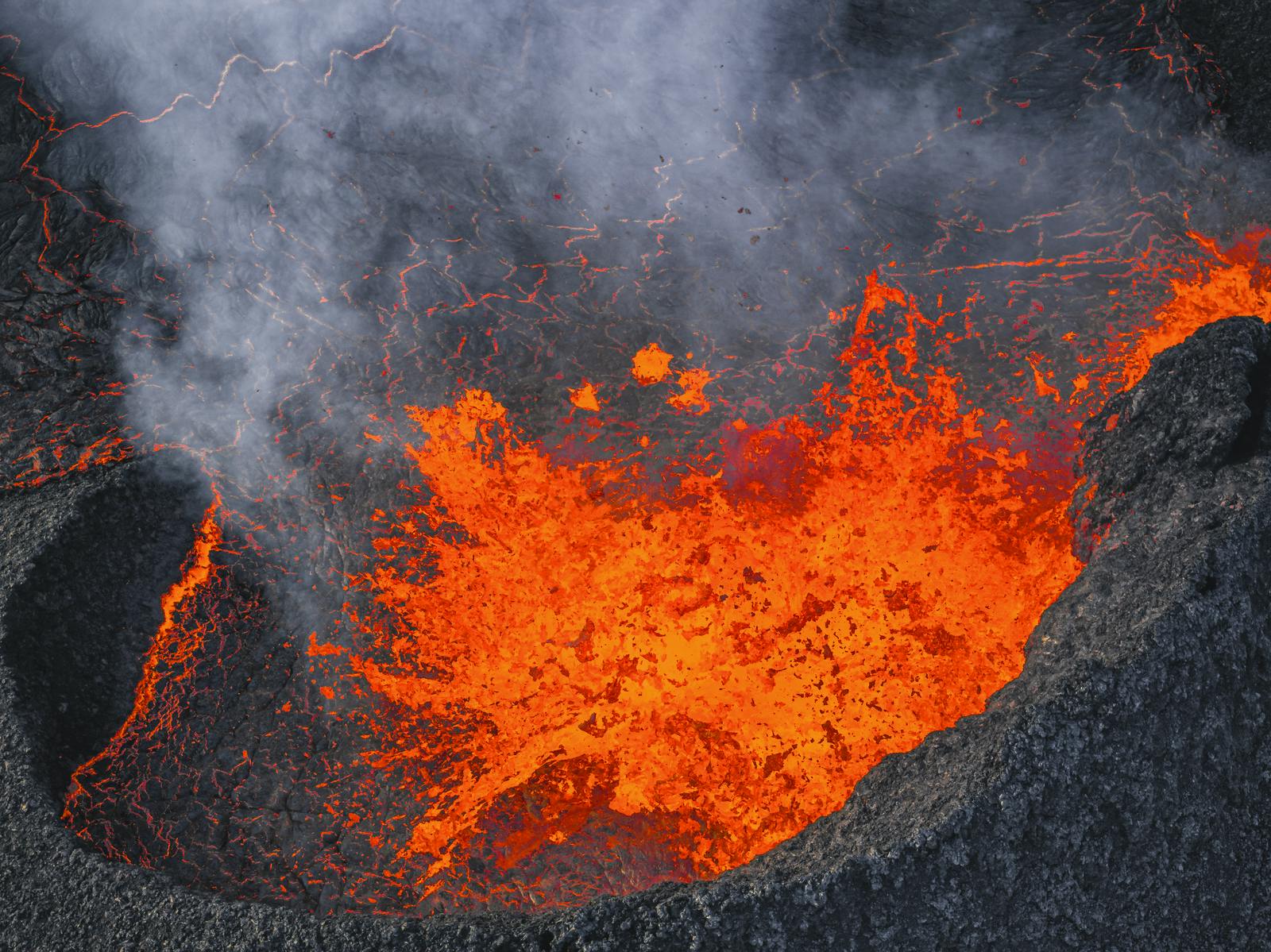
Types of Lava
At its core, lava is molten rock expelled by a volcano during an eruption. It originates deep within the earth, where temperatures are high enough to melt rock. When pressure builds up in the earth’s crust, this molten rock finds its way to the surface, erupting as lava. It solidifies into igneous rock as it cools, creating new landforms and altering landscapes. Lava comes in various types, each with unique characteristics and impacts on the landscape.
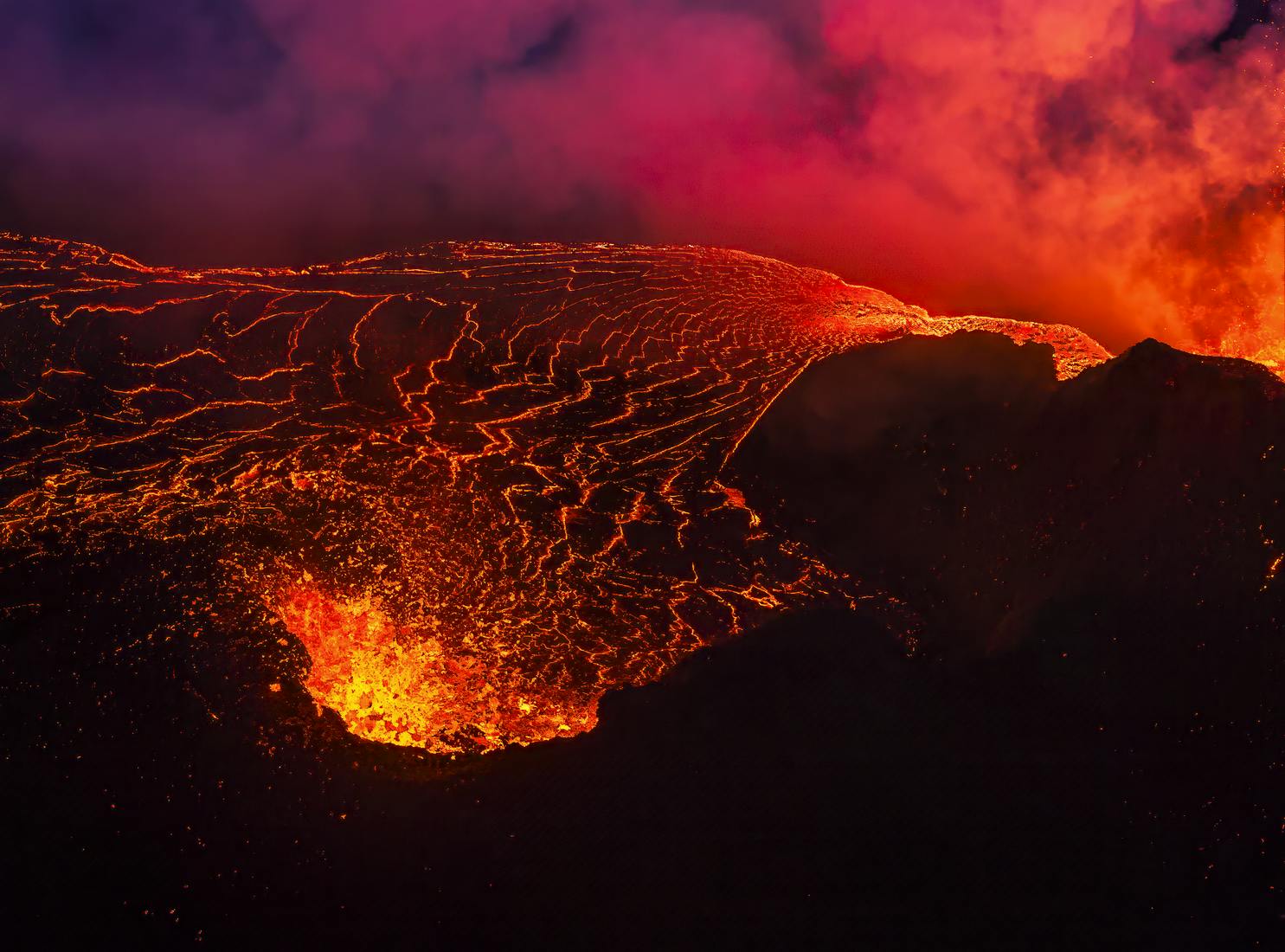
Basaltic Lava
The most common type is known for its fluidity, allowing it to travel far from its source. It forms broad, gently sloping shield volcanoes and vast lava fields.
Andesitic Lava
Thicker and more viscous than basaltic lava, it tends to create explosive eruptions and steep-sided stratovolcanoes.
Rhyolitic Lava
The most viscous, with the highest silica content, leading to highly explosive eruptions and the formation of lava domes.
Each type of lava not only shapes the physical landscape but also influences the kind of volcanic eruption and the formation of different volcanic landforms.
Lava's Transformative Impact
Lava’s journey from the earth’s interior to its surface is more than a destructive force; it’s a creator. Molten lava inside the earth is commonly called magma. As lava cools and solidifies, it forms new land, enriching the soil with minerals that become the foundation for new ecosystems. Islands are born, mountains are built, and landscapes are forever changed. Over time, these new lands become home to unique ecosystems, demonstrating nature’s resilience and adaptability.
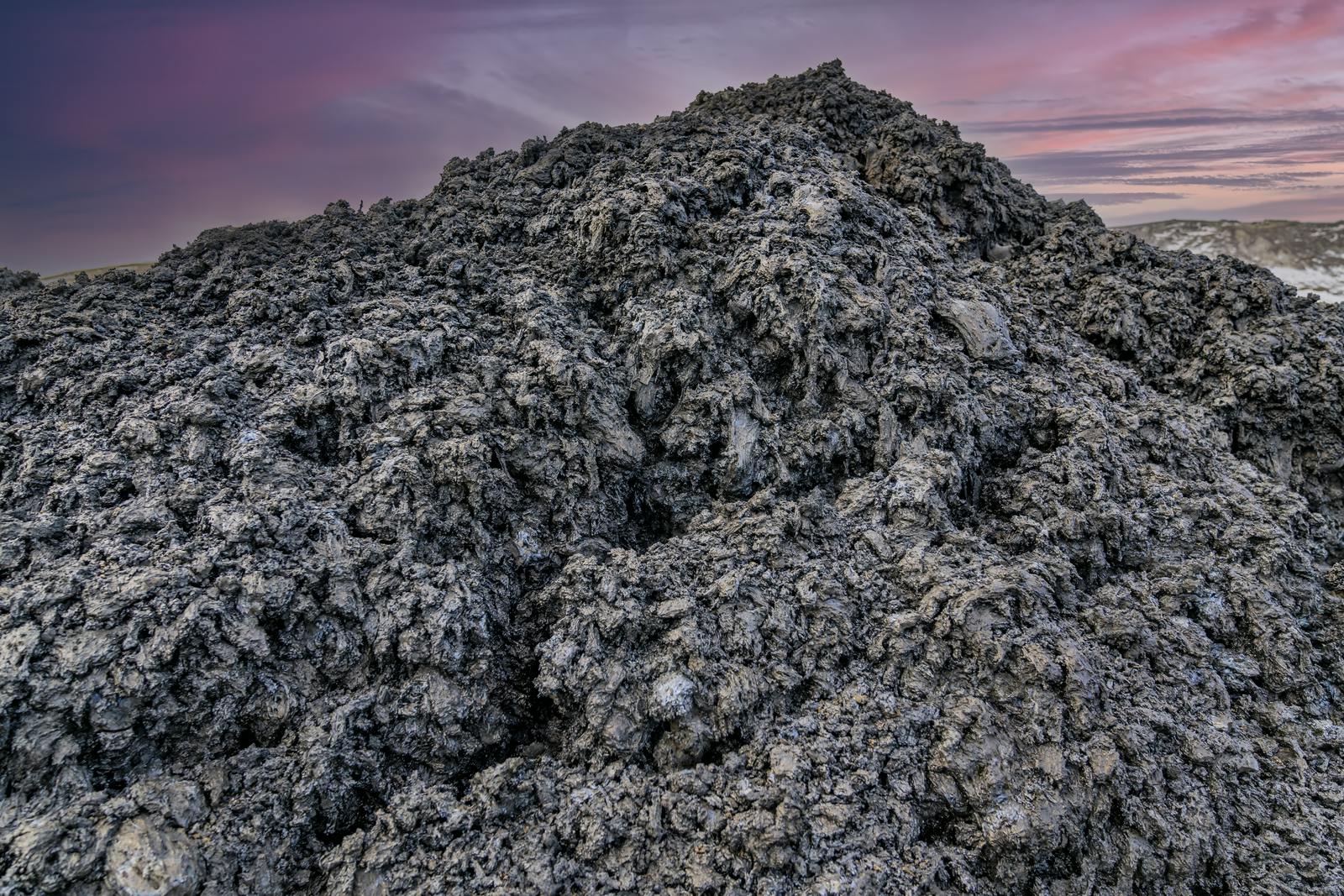
Iceland is a Land Carved by Lava
Iceland, often called the “Land of Fire and Ice,” is a prime example of lava’s transformative power. Situated atop the Mid-Atlantic Ridge, this volcanic island boasts an otherworldly landscape sculpted by countless eruptions over millennia.
Basaltic lava, in particular, is a common sight here, creating vast lava fields like those in the Reykjanes Peninsula and the Þingvellir area. Around Mount Hekla, andesitic lavas are common, and in Landmannalaugar, rhyolitic lavas can be seen.
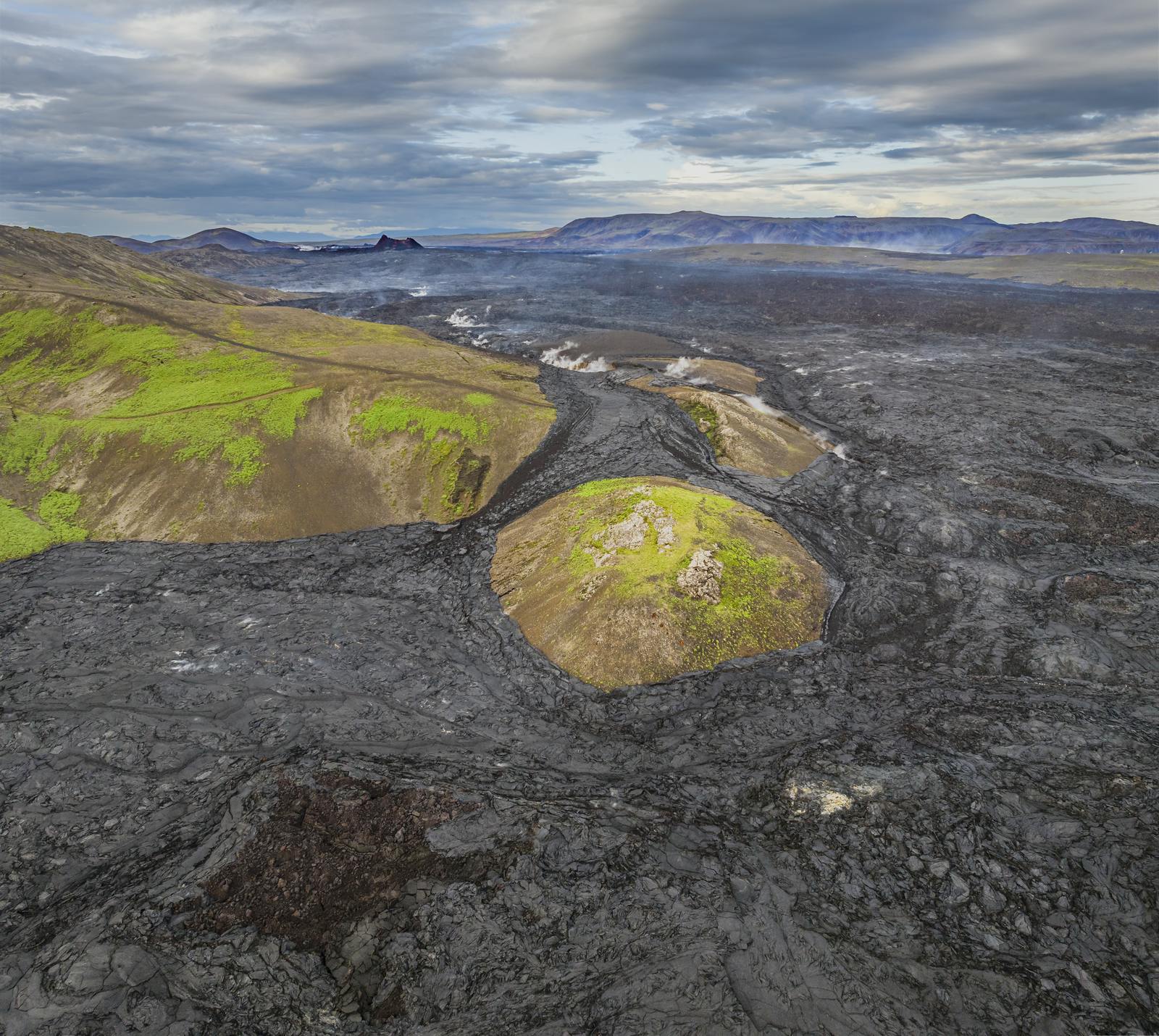
These fields, once barren, gradually host new life forms, from moss and lichen to hardy shrubs and trees, showcasing the cycle of destruction and rebirth that defines volcanic landscapes. The largest monogenetic lava field in Iceland is the Eldgjá lava that erupted AD 939-940.
Iceland is one of the most volcanically active regions in the world — if you’re curious which ones are still rumbling, explore the active volcanoes in Iceland.
What is the Difference Between Lava and Magma?
Magma is the molten rock that is found beneath the earth’s surface. It’s a scorching hot mixture that forms when solid rock in the crust and mantle melts. The mixture melts for several reasons, including pressure changes, increased temperature, and the introduction of the mixture to water. Magma is the raw material for volcanic activity, composed of a blend of liquid rock, minerals, and dissolved gases (primarily water vapour, carbon dioxide, and sulfur dioxide). This material is called lava when comes to the surface through volcanic eruptions and solidifies.
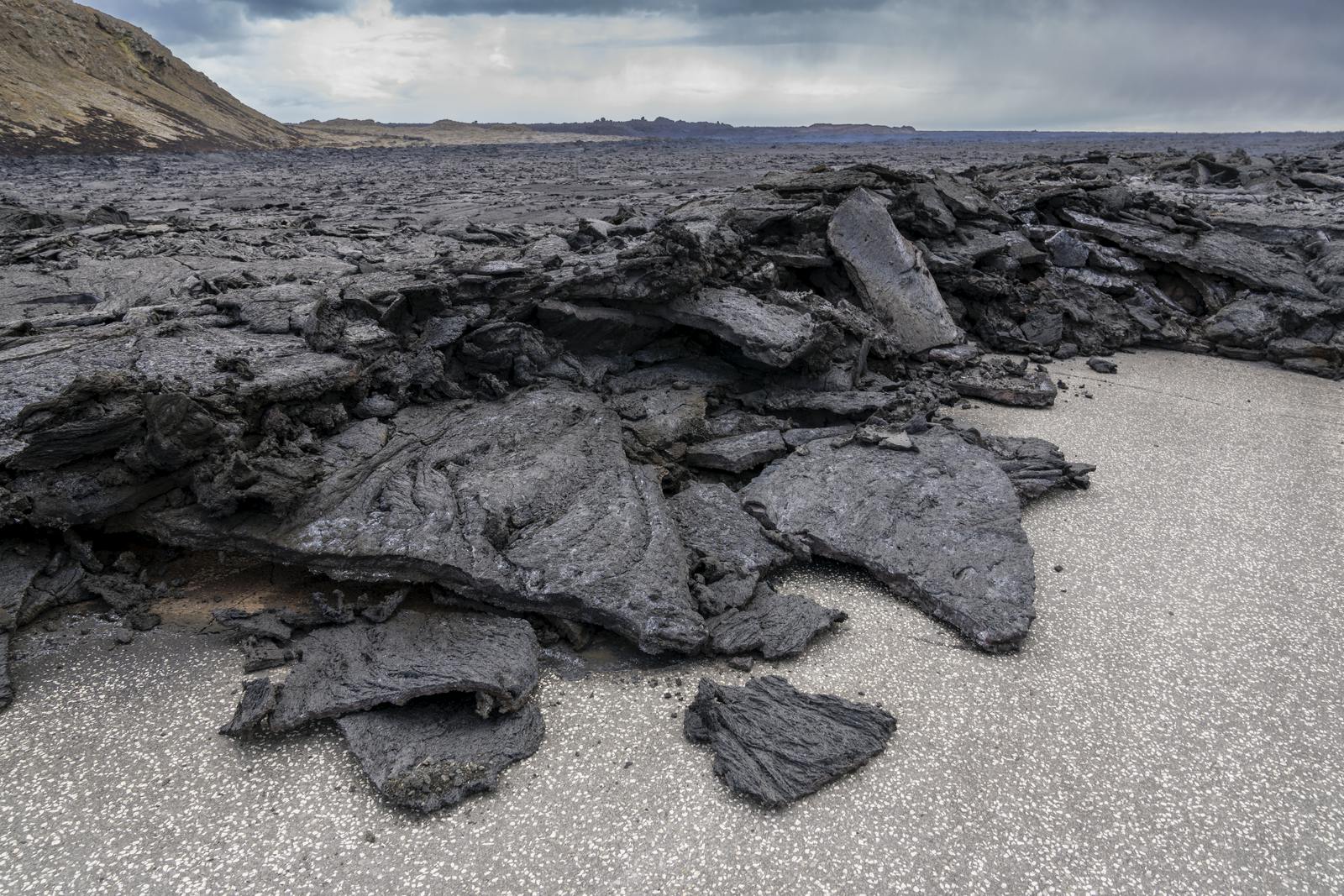
Lava's Enduring Legacy
Lava, with its intense heat and unstoppable flow, reminds us of our planet’s dynamic nature and the powerful forces beneath our feet. Its ability to destroy, create, and transform is unparalleled, shaping the physical landscape and the biological communities that thrive in its aftermath. In places like Iceland, lava’s presence is a testament to the earth’s ever-changing face, a landscape continually reborn from the depths of the earth. As we explore and understand more about lava, we gain insights into the processes that have shaped our planet over billions of years, reminding us of the awe-inspiring power of nature in its rawest form.
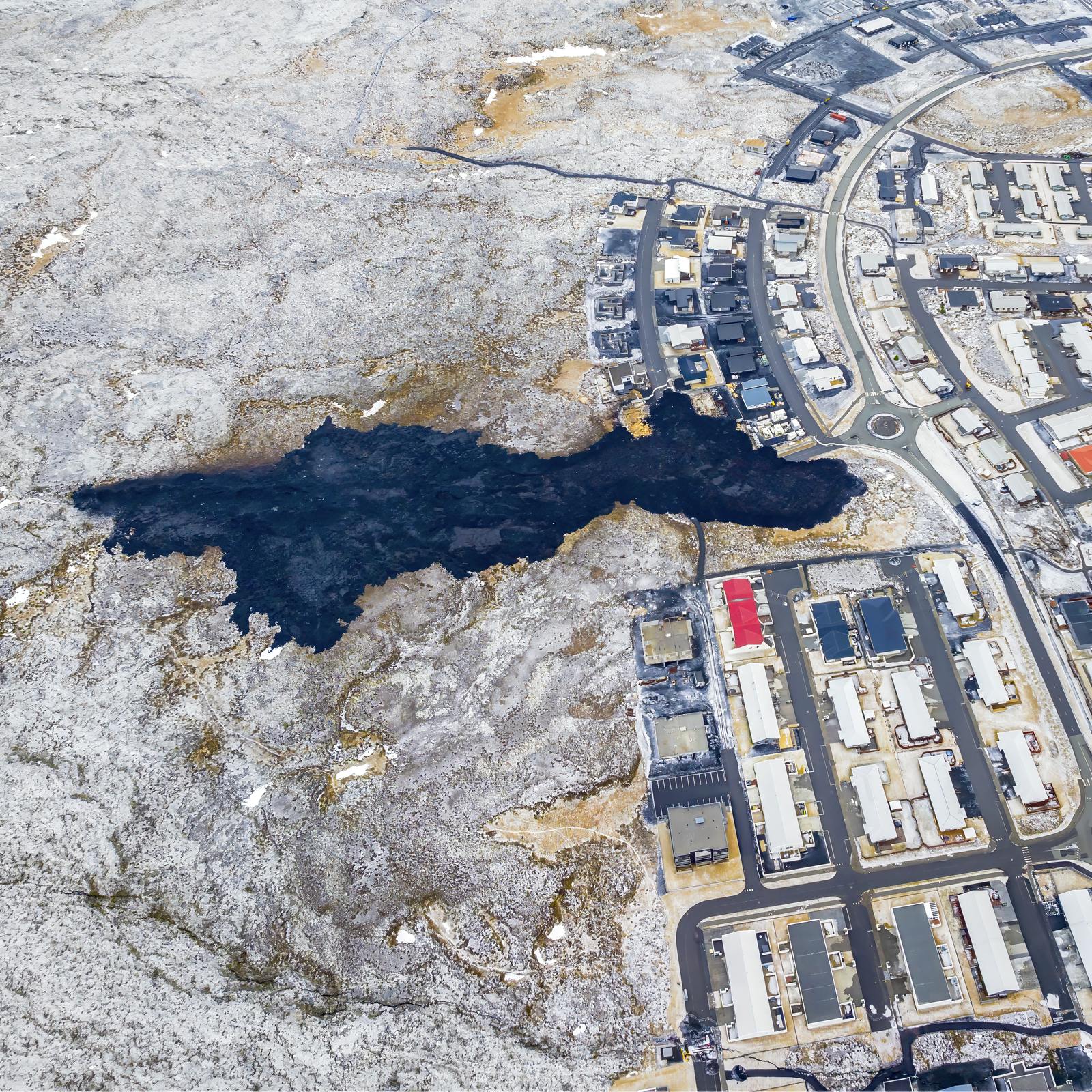
Learn About Volcanoes at Perlan in Reykjavík
Perlan’s Forces of Nature exhibition allows guests to feel the immense power of volcanoes, earthquakes, and geothermal energy that powers the island. In the heart of Reykjavík, guests can learn about the volcanoes that form when heat and pressure build up beneath the earth’s surface. The earth’s weak points tend to be along fault lines where tectonic plates converge or diverge, as in Iceland’s case. The exhibition is a unique, family-friendly museum experience that entertains and informs.
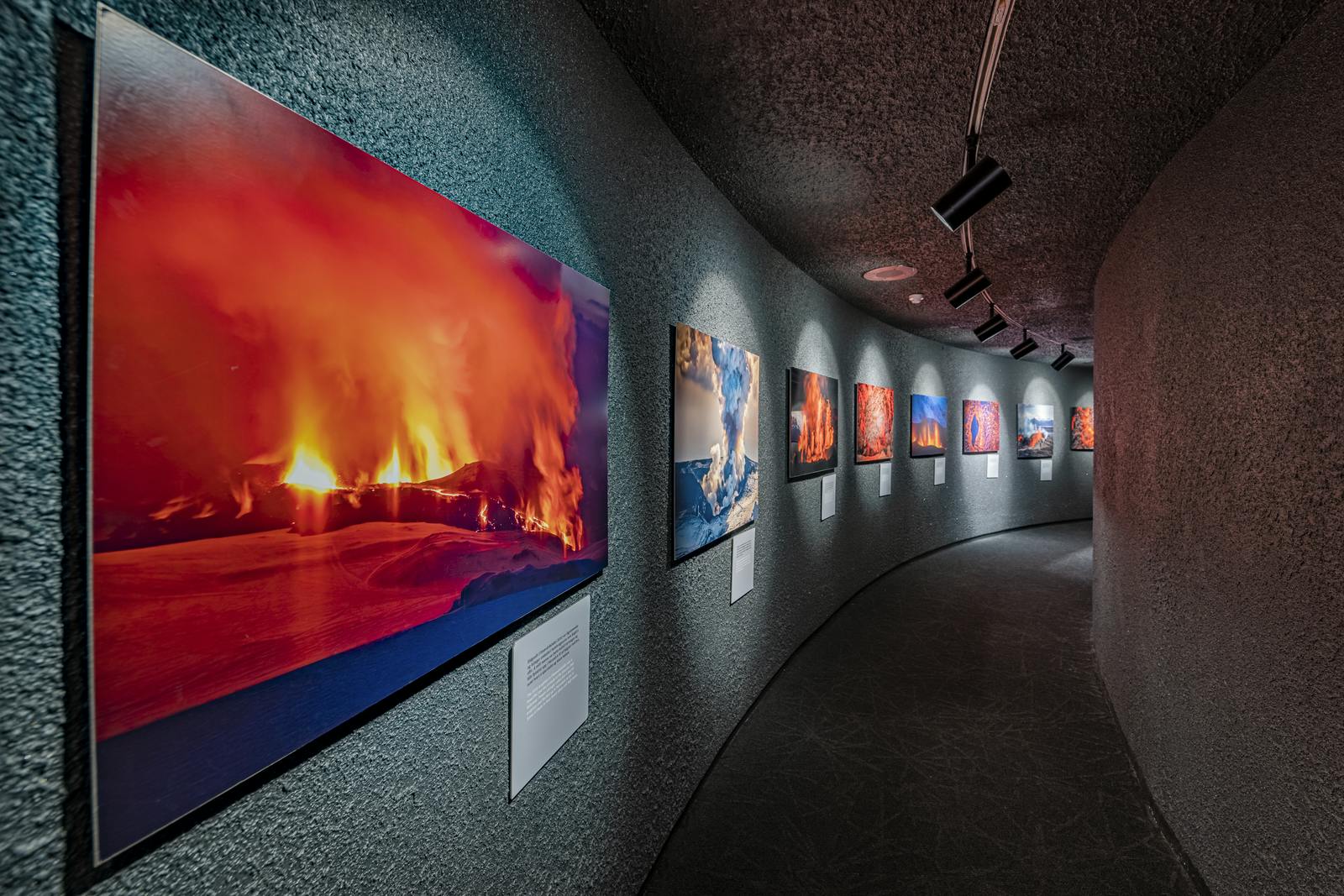
FAQ
How quickly does lava cool?
The cooling rate of lava depends on its composition, thickness, and the surrounding environment. Basaltic lava, being the most fluid, can cool relatively quickly, forming a solid crust within hours or days of an eruption.
Can plants and animals survive in lava fields?
Initially, lava fields are inhospitable to life. Still, as the lava weathers and breaks down over time, it enriches the soil with minerals, allowing pioneer species to establish and ecosystems to evolve.
What makes Iceland’s lava fields unique?
Iceland’s lava fields are not only vast and visually striking but also scientifically valuable. They offer insights into volcanic processes, the earth’s geologic history, and the interaction between volcanic activity and life.







